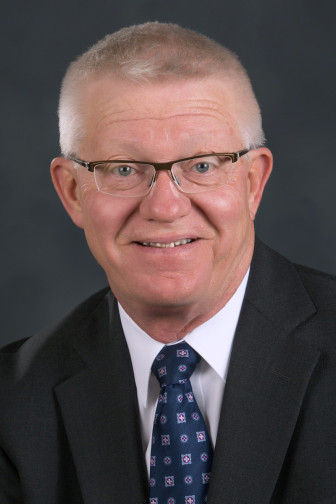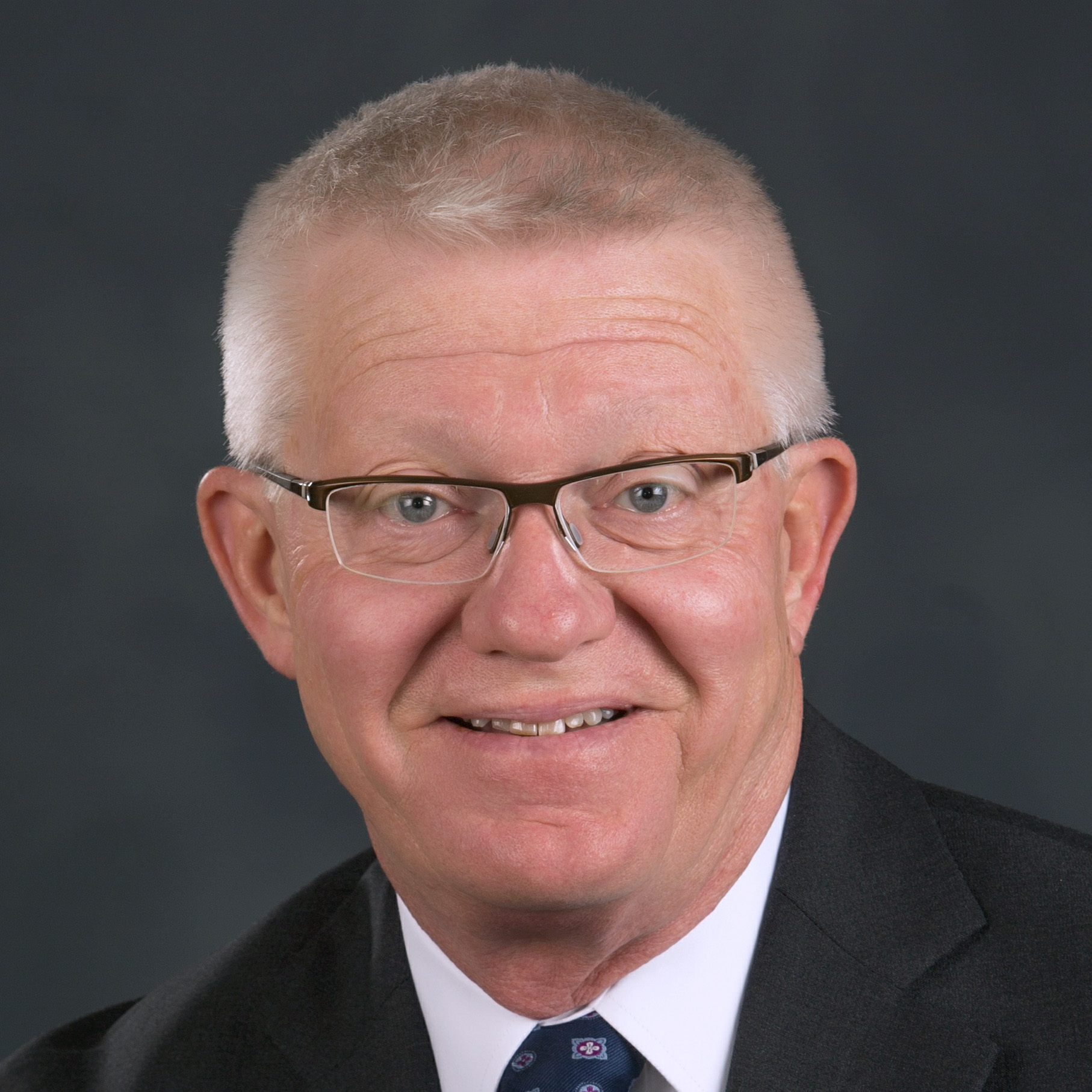 Recently, I had a visit from a couple I have known for decades. Let’s call them Butch and Mary. They had a problem: Their daughter, Jane, had just split from the father of her child, and custody and other issues had arisen. During the conversation, I asked about family relationships and resources and Mary said that the whole family was supportive except one grandmother.
Recently, I had a visit from a couple I have known for decades. Let’s call them Butch and Mary. They had a problem: Their daughter, Jane, had just split from the father of her child, and custody and other issues had arisen. During the conversation, I asked about family relationships and resources and Mary said that the whole family was supportive except one grandmother.
That grandparent had become estranged when she learned a few years ago that Jane was “dating a girl.” There was no hesitation in relaying this information, and no judgments about this history were indicated in this statement of fact. My friends’ willingness to openly discuss these family issues was enlightening.
If we were to seek a label for Jane — as her paramour’s attorney might do in a custody battle — would she be lesbian, bisexual, curious or “cured?” And what effect would that have on the court system in its duty to do justice?
If the U.S. Supreme Court has declared gay marriage to be part of the fundamental rights of privacy, speech and expression for all American citizens, does that signal the acceptance of lesbian, gay, bisexual and transgender individuals as illustrated by my friends?
For the juvenile justice and child welfare courts, the answer is decidedly “No.” In a 2010 report, the National Council of Crime and Delinquency found that LGBT youth comprise 5 to 7 percent of the general population but approximately 15 percent of detained youth. Subsequent research has verified that finding and has looked for causes of this disproportionality.
One factor stems from the family conflict when a child displays or attempts to discuss his or her feelings and sexual orientation. Too often, arguments and confrontations lead to running away or being pushed out of the home environment.
Sometimes, domestic violence leads to prosecution or child welfare system involvement. The result is foster home placement with similar conflict and flight. Running away from placement may lead to detention through a court-ordered contempt citation.
[Related: Runaway and Cast Off: One LGBT Teen’s Story]
The school-to-prison pipeline is another entry point to the justice system for LGBT kids. Taunting, harassment and bullying push young people out of school and sometimes lead to fighting back, which results in suspensions or expulsions. Truancy can lead to court involvement and more detentions for failure to follow court orders.
Homelessness — whether from running away or being pushed out of family and school — leads to disproportionately high arrest rates, too. If a kid is living on the streets and looks or acts differently from others, it is hard to get a job. A place to bathe, clothes to wear and a sense of self-worth are all necessary to find employment. LGBT youth report joblessness at many times higher than their straight peers. Survival crime results — retail theft, burglary, drug use and sales, prostitution — and arrests and detention rates go up.
We must remember that these juveniles share the developmental characteristics of their age group. Combine peer influence, lack of judgment, impulsivity and the burden of being different, and a disproportionate justice system impact is created. If a child is transgender, the effects are even greater.
What do we do?
We must develop or modify risk assessment tools to reflect the difficulties faced by this population. Homelessness, lack of family connections and lack of positive peers must be seen in the light of LGBT realities. Alternatives to detention mean much more to these kids, as both staff and other detainees may harass or violate them. Segregation or solitary is not a just practice and can increase suicide risk.
Courts must not increase the arrest, prosecution and detaining of LGBT truants and must be watchful for school policies that push kids out.
Lesbian, gay, bisexual and transgender kids want to be accepted, as do all teenagers — even in court.
Most important to the perception and reality of procedural justice is judicial leadership in refusing to tolerate name-calling, joking and discrimination against LGBT youth by anyone in the justice system. Judicial leadership is necessary to find and use LGBT-compatible services and providers.
Our job is justice for all, including those who are different from the socially accepted norm. That is what the Supreme Court just said.
Judge George W. Timberlake, Ret., is chair of the Illinois Juvenile Justice Commission, and a member of Federal Advisory Committee on Juvenile Justice. He is also national vice-chair of the Coalition for Juvenile Justice. He was a trial court judge for 23 years before retiring as chief judge of Illinois’ 2nd Circuit.
More stories related to this one:
LGBT Students Deserve Quality – and Equality – On and Off Campus
Counting the Homeless Kids in Atlanta
How to Build Safe Spaces: Define, Then Deliver
Big Easy Stories of LGBT Youth Light the Apple’s Stage
Honesty and the Facilitator’s Role in Afterschool Sex Education
































